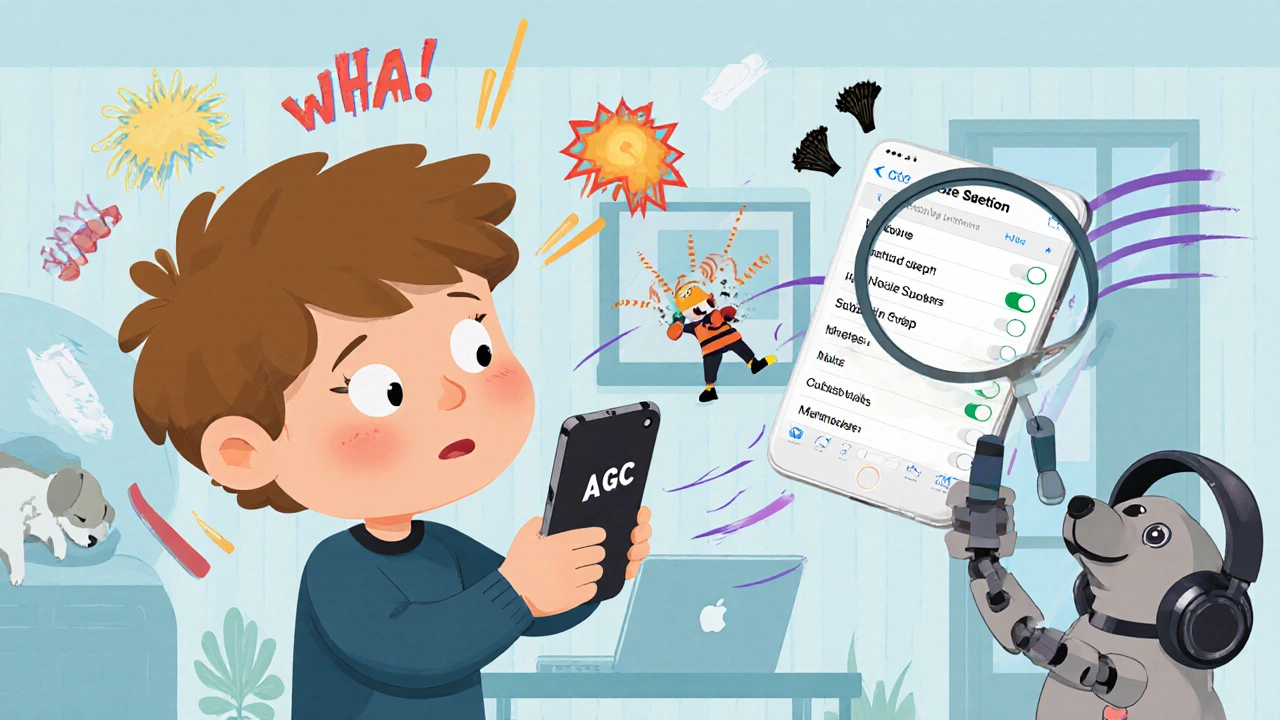VoIP audio issues: Fix crackling, lag, and dropped calls with proven fixes
When your Voice over IP, a technology that turns your voice into digital data sent over the internet. Also known as IP telephony, it's meant to be clear, reliable, and cheap—but too often, it sounds like you're talking through a tin can. Crackling, delays, or calls dropping mid-sentence aren’t normal. They’re signs your network or setup is struggling with packet loss, when data chunks fail to reach their destination during a call. This isn’t just annoying—it kills productivity, frustrates customers, and makes remote teams feel disconnected.
Most people blame their internet speed, but that’s rarely the full story. Codec packetization interval, how often voice data is bundled into packets. A 10ms interval gives crystal-clear audio but eats bandwidth. A 30ms interval saves bandwidth but adds lag. Most businesses stick with 20ms because it balances quality and efficiency. Then there’s transcoding, when your system converts one audio format to another. Every time it happens, you lose a little clarity. And if your router doesn’t prioritize voice traffic, those packets get stuck in line behind your video stream or file download.
It’s not just about hardware. Poor Wi-Fi, old ATAs, or unsecured SIP lines can introduce noise or cause calls to vanish. Even something as simple as a crowded 2.4GHz network can wreck call quality. You don’t need a network engineer to fix this—you need to know where to look. The posts below break down real fixes: how to test for packet loss with free tools, why certain codecs like G.711 beat G.729 in noisy environments, how to set up QoS on your router, and why DECT headsets outperform Bluetooth in office settings. You’ll also find out how MOS and PESQ scores—two industry metrics—actually tell you if your call quality is good or just barely working. No theory. No fluff. Just what works.
